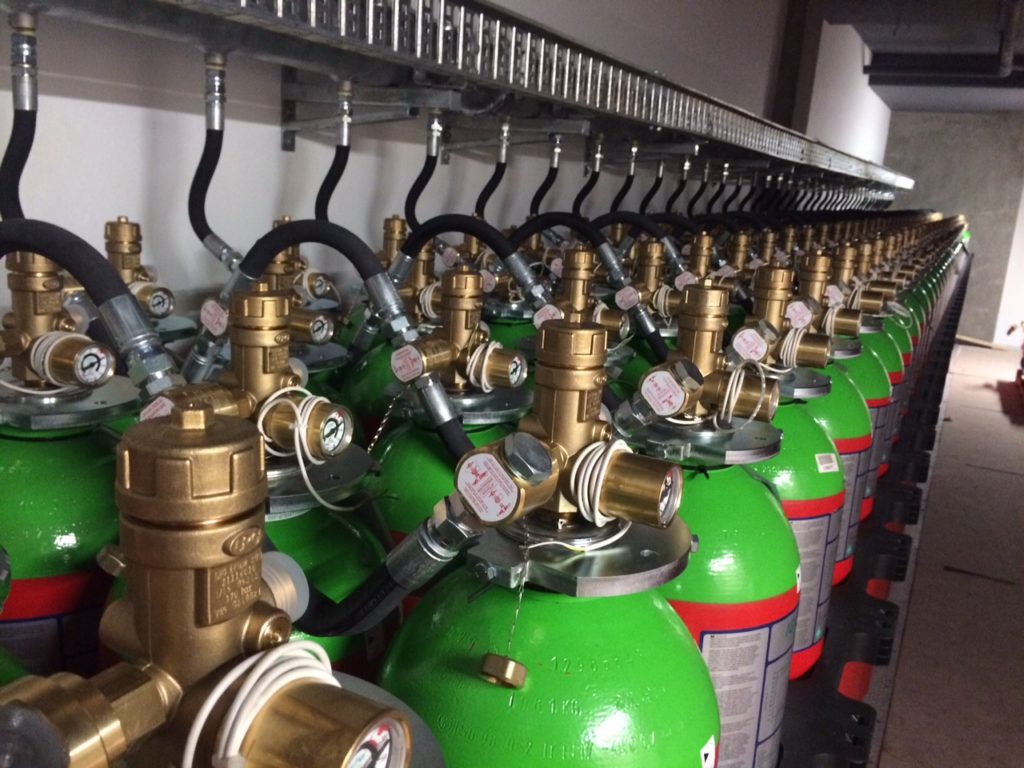Types of Pressure Vessels in High Pressure Gas Cylinders
When a container is pressurized it is pressurized against the walls of the vessels. The pressure on the surface is always normal, regardless of size in High Pressure Gas Cylinders. There is a container that is a pressure different from atmospheric pressure. There are several types of them; Thin walls, thick walls, strong tanks, transportable containers, propane bottles and High Pressure Gas Cylinders. A container that holds liquid, vapor, or gas at different pressures and then atmospheric pressure at the same altitude. Generally, a thin-walled is considered if its radius is more than 5 times its wall thickness. Under this condition, the tension in the wall can be considered uniform. Thin walls are in fairly common use. They have two distinct types; cylindrical pressure vessels and spherical pressure vessels. Under this condition, the tension in the wall can be considered uniform. The stress in a vessel with thin walls varies from the minimum value on the outer surface of the vessel to the maximum value on the inside surface. Storage tanks are a class of thin-walled pressure vessels.
High Pressure Gas Cylinders
A thick wall is one whose wall is 10% thicker than its diameter. In power stations, chemical and petrochemical industries, coarse-walled elements operating in high temperatures are subjected to damage as a result of high temperatures, mechanical loading, and corrosive environments. These factors cause in High Pressure Gas Cylinders thermal fatigue, creep-fatigue, and degradation due to other processes. When subjected to internal and external pressures stresses and stresses are present in the thick-walled pressure vessel. They have high tensile strength and can withstand maximum stress.
Transportable High Pressure Gas Cylinders are the most common and potentially the most neglected type. These are mass-produced and require testing every 10 years for propane and gas. Steel pressurized vessels are designed for the storage of air for dual purposes and partial separation of moisture. All these have been provided with standards so as to operate safely. Pressure vessels have to be designed to perform efficiently at high pressures. It should be free from any cracks or leaks, ensuring complete protection to the surrounding environment. Cracked and damaged vessels can result in leaking or breakage failure. Breakdown failure can cause considerable damage to life and property. Safe design, installation, operation, and maintenance are required according to appropriate codes and standards for High Pressure Gas Cylinders and the safety and health of workers.





Comments
Post a Comment